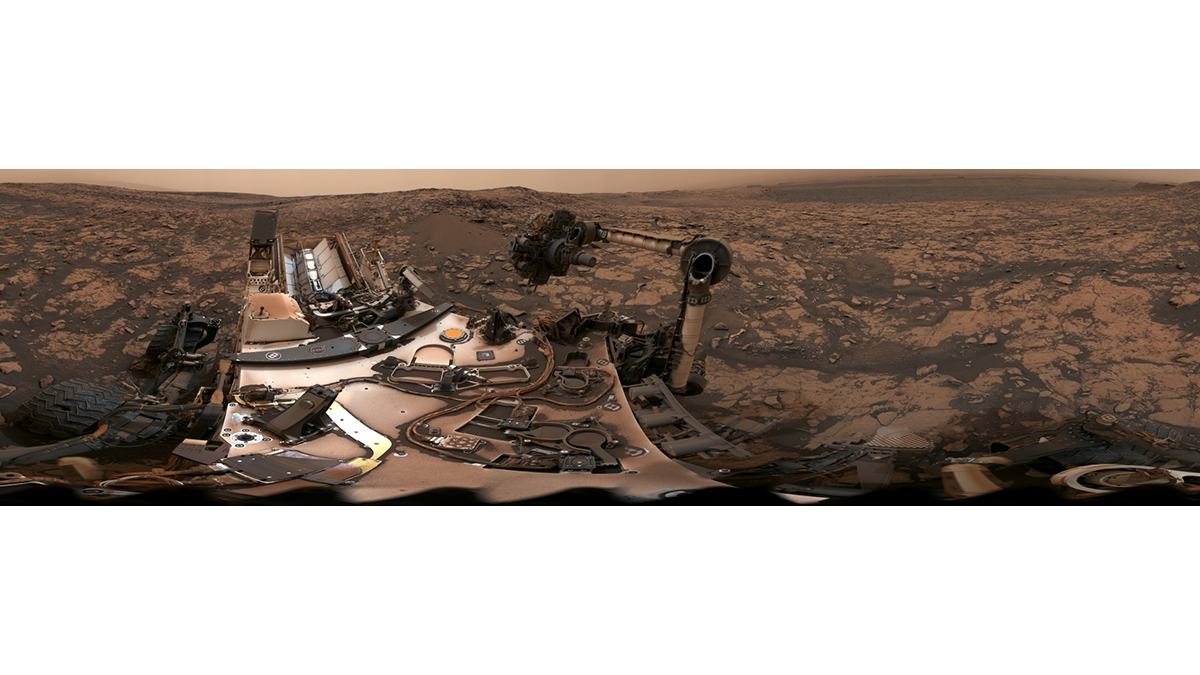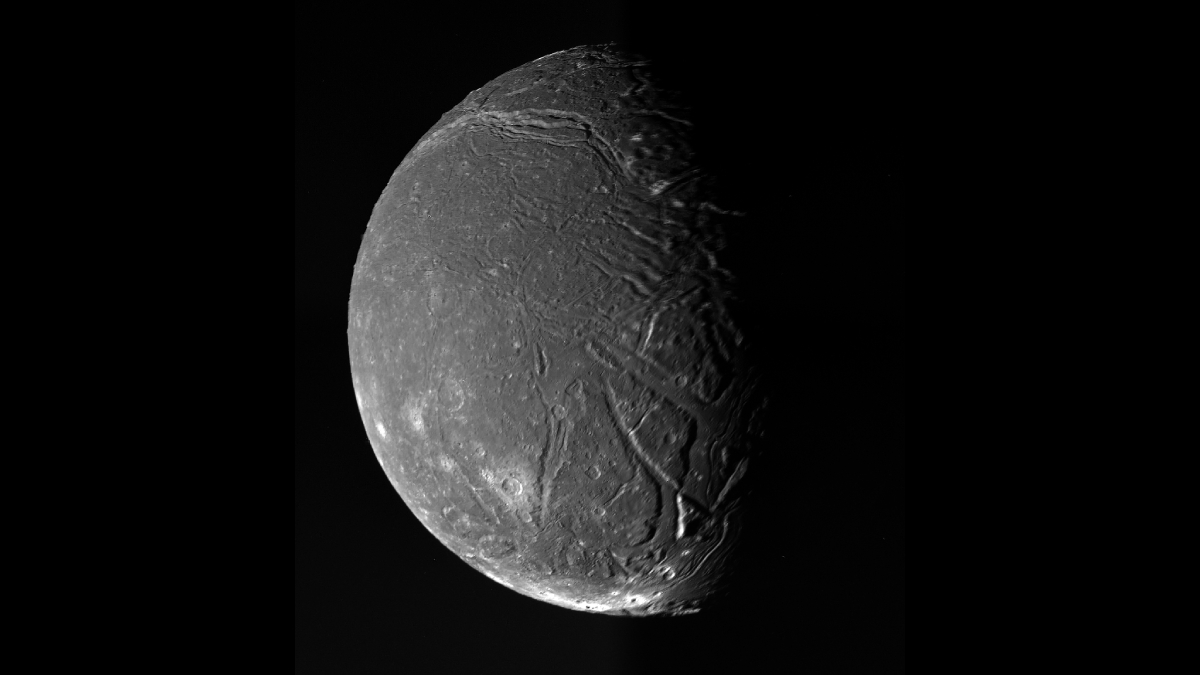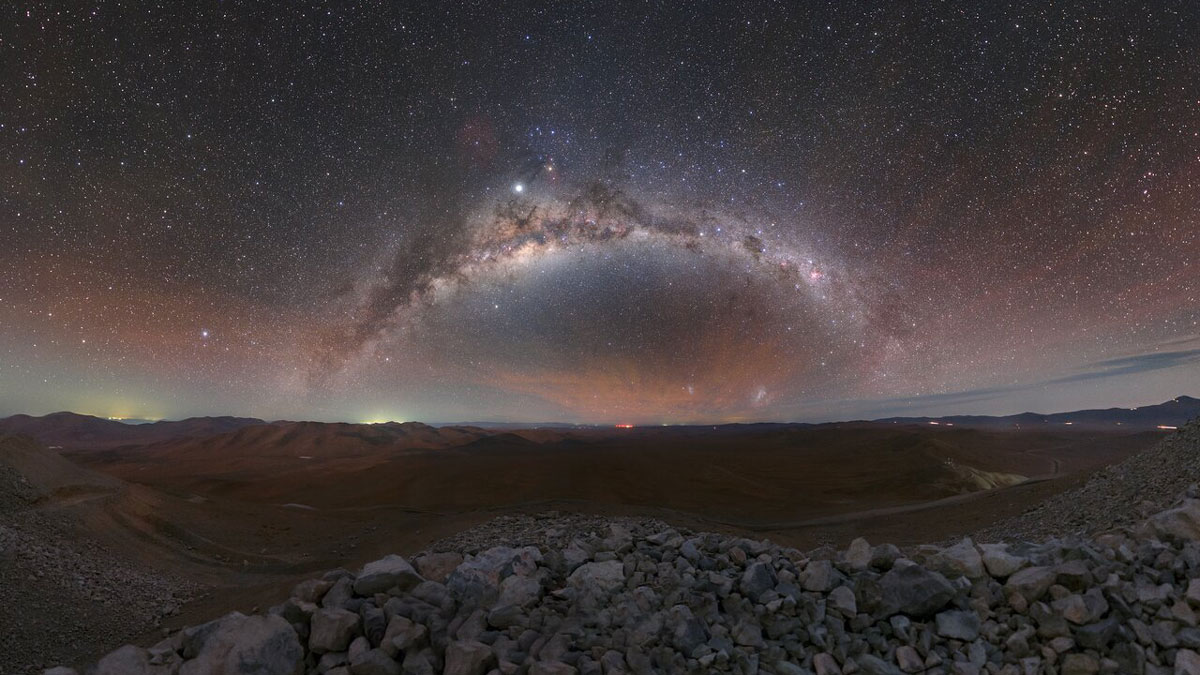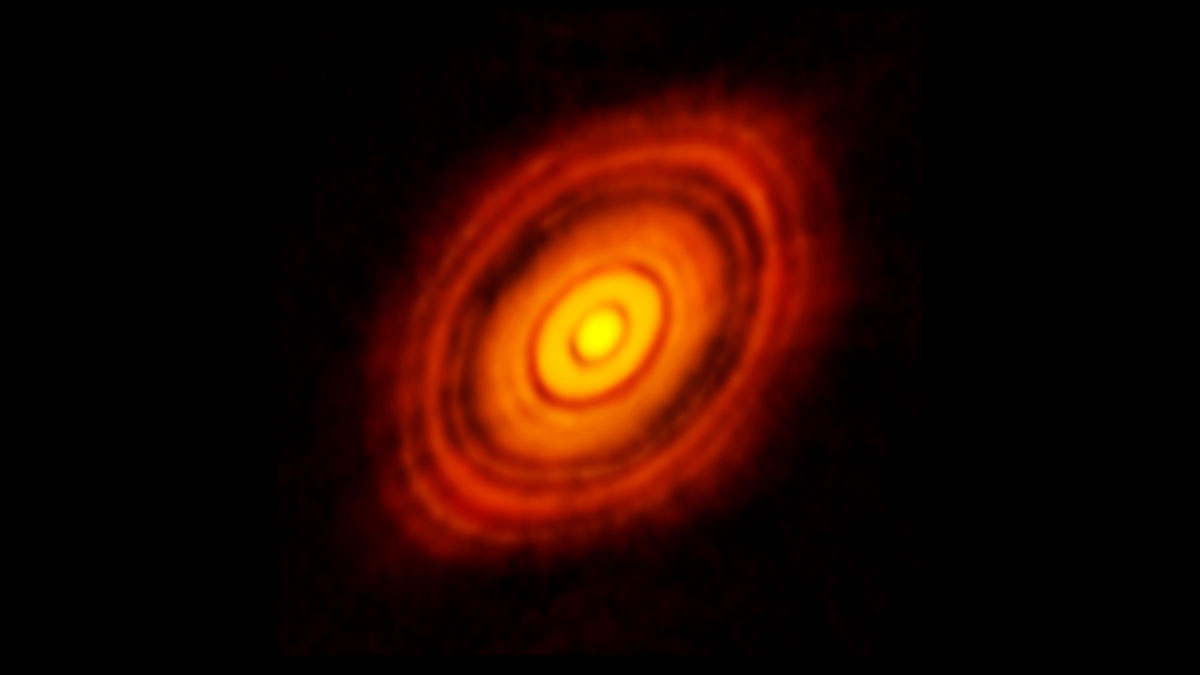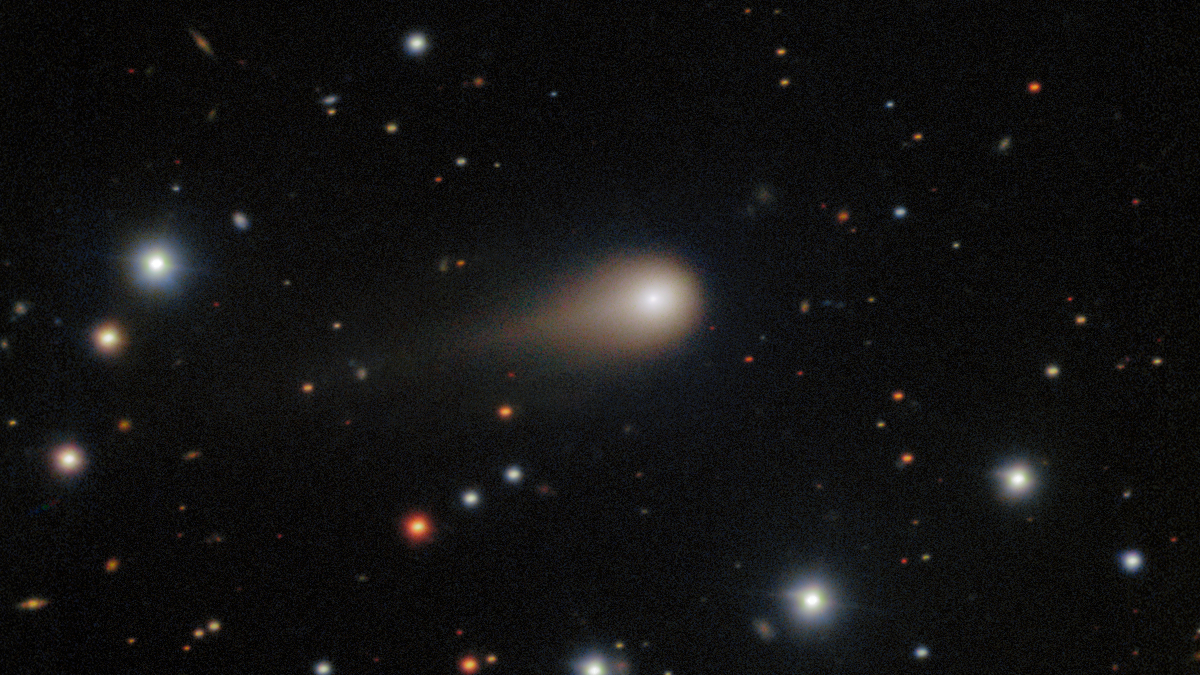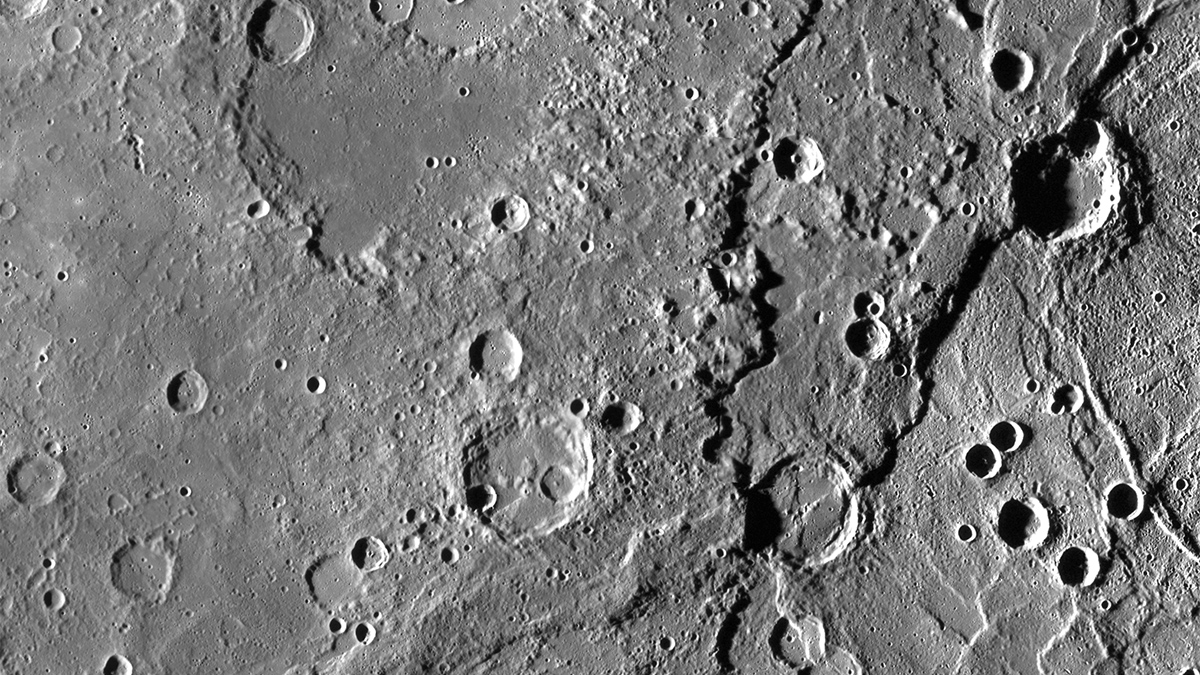Regular, alternating layers in Gale Crater may have been deposited as the result of tides raised by a moon at least 18 times the mass of Phobos, a study says.
planetary evolution
Tiny Uranian Moon Likely Had a Massive Subsurface Ocean
Ariel’s tempestuous subsurface ocean may have once composed more than half its total volume.
Zircon Crystals Could Reveal Earth’s Path Among the Stars
Researchers found signs of melting in zircon crystals in the crust that correspond to our planet’s journey through the galaxy’s spiral arms.
Planets Might Form When Dust “Wobbles” in Just the Right Way
A liquid metal experiment has shown how magnetic rotational instability might allow dust to pool together in disks around young stars to form new worlds.
Tilted Planet System? Maybe It Was Born That Way
New observations could shed light on the degree to which misalignment in a planet-forming disk contributes to skewed planetary orbits.
How an Interstellar Interloper Spurred Astronomers into Action
Valuable lessons from previous interstellar objects allowed scientists to develop a more rapid response when the third one arrived in July.
How Much Has Mercury Shrunk?
Mercury is still shrinking as it cools in the aftermath of its formation; new research narrows down estimates of just how much it has contracted.
Exoplanet Triggers Stellar Flares and Hastens Its Demise
HIP 67522 b can’t stop blasting itself in the face with stellar flares, a type of magnetic interaction that scientists have spent decades looking for.
A New Exoplanet Resets the Scale
TOI-6894 b, the largest exoplanet relative to its host star yet seen, doesn’t fit the most widely accepted formation model for giant worlds.
Distant Icy Twins Might Actually Be Triplets
The trans-Neptunian object Altjira, 44 times farther from the Sun than Earth is, could be the second known trinary, confirming a theory about the formation of our solar system.

